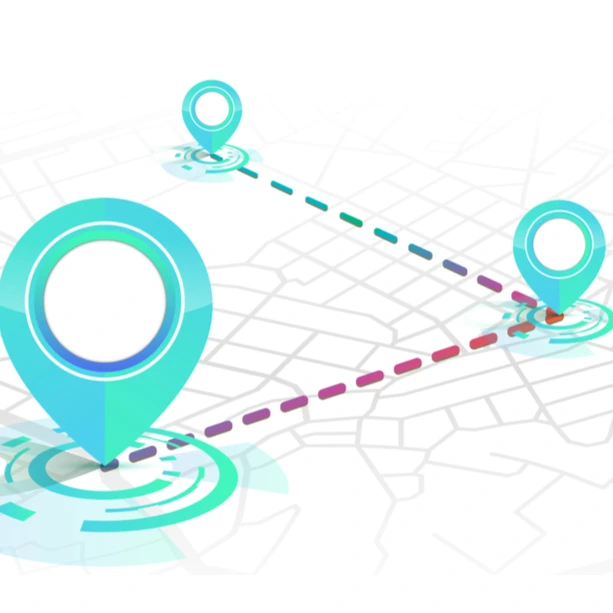The ability to track assets in real-time is necessary to carry out the logistics constraints of many companies. One of the technologies for outdoor tracking is GPS. GPS tracking uses different satellites to transmit information. Asset tracking tags can provide real-time updates and lower costs to ensure the security of the assets. Let’s take a look at how GPS tracking can provide these solutions.
How GPS Tracking Works
GPS is a technology originally used for military purposes that have revolutionized location tracking. A GPS tracker determines the location based on signals from multiple satellites. These satellites orbit around the earth, and there are 27 of them connected through the Global Navigation Satellite System. Of the 27, only 24 are in operation. Three other satellites are available as a backup in case of failure.
The GPS also utilizes ground stations that monitor the satellites and ensure proper functioning. The location is determined through trilateration, which measures the distance from the satellites finding the latitude, longitude, and elevation. Positioning, timing, and navigation are all aspects involved in GPS tracking. The use cases for GPS range from commercial to consumer. Commercial use cases for GPS revolve around tracking trucks and other heavy equipment, while consumers predominantly use GPS for a navigation system.
Real Time Updates
GPS technology can predict the location of the items anywhere from within 10 to 50 feet. With real-time updates, GPS tracking allows logistics companies to be updated immediately on the status of their assets. Whether the assets are equipment, warehouse items, or tools, a trusted GPS such as AirFinder can be the solution. The exact location of the items is known. This clarity gives ease of mind for the organization and the customer that needs the products.
Two Ways to Lower Costs
At Link Labs, we have a solution called AirFinder Everywhere. Using our solution allows you to save money because of battery life. The battery on a single tag can last up to seven years. This battery life reduces the costs of the replacement and requires less maintenance. One of the things that makes the battery last so long is the flexibility of choosing when or how often you want to receive updates.
AirFinder Everywhere tracks location seamlessly indoors and outdoors. There is no need to purchase multiple asset tracking systems to cover all areas that your assets travel to.
Increase Your ROI by Investing in AirFinder Everywhere
- Loss Prevention. Reduce the amount of loss that occurs during the supply chain process
- Location Coverage. AirFinder Everywhere uses a combination of GPS, Cellular, and WiFi to determine location everywhere
- Security Alerts. Know when a delay in shipment has occurred so the problem can be addressed immediately.
Safety of Assets
With real-time updates and lowered costs, assets can be kept safe. The supply chain process relies on regular updates in case of damage or theft. The real-time updates of GPS reduce the need to guess where assets are or if they are damaged. GPS technology can instantly notify the user and ensure safety. One unique way that GPS devices can increase safety is with accelerometers. A tag can notify the company if a driver is being reckless. This safety measure protects the assets and ensures that the driver is not endangering himself or others. In the equipment tracking industry, GPS devices reduce theft. If a bulldozer, crane, or excavator is moved or tampered with, the company will quickly become aware. Overall, real-time updates of GPS keep assets safe.
In Summary
Overall, GPS tracking is a vital part of the supply chain process. Logistics companies need real-time updates on their assets to save money and know that the assets are safe. Is AirFinder Everywhere the solution to this problem for your company? Book a demo today to learn more.





